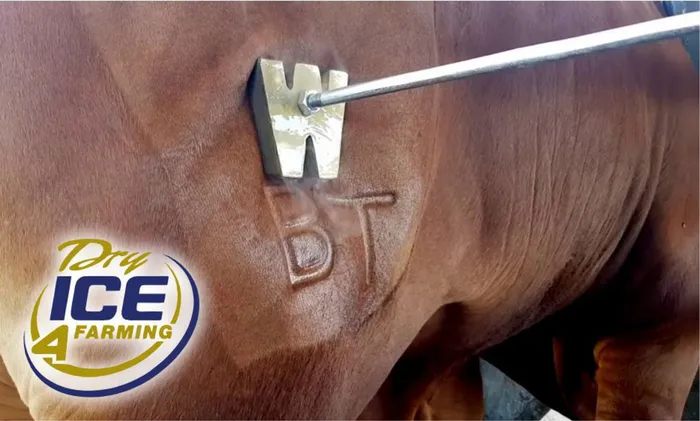Can Dry Ice Revolutionize Farming with Freeze Branding?

In the agricultural industry, identifying and tracking livestock is crucial for management, health records, and breeding purposes. Traditional methods such as ear tagging and hot branding have been widely used, but they often come with drawbacks such as potential harm to the animals and loss of tags.
An emerging method that has gained a lot of attention recently is freeze branding, particularly using dry ice. This method promises a humane and permanent solution for animal identification. Could this method revolutionize farming? Let’s explore the potential benefits of Dry Ice 4 Farming.
What is Freeze Branding?
Freeze branding is a method of marking animals by using extreme cold to alter the pigment of their hair. This technique involves pressing a supercooled branding iron, chilled by substances like Dry Ice 4 Farming and isopropyl alcohol, against the animal's skin.
Unlike hot branding, which burns the skin to create a scar, freeze branding kills the colour pigment in the hair follicles, causing the hair to grow back white, or in the case of light-coloured animals, a darker shade. This method is generally considered to be less painful and stressful for the animal.
The Benefits of Freeze Branding with Dry Ice
Improved Animal Welfare
One of the most significant advantages of freeze branding over traditional methods is its potential to improve animal welfare. The process is less invasive and causes a minor level of discomfort compared to hot branding, which inflicts burns and can lead to infection and other complications.
By reducing the stress and pain experienced by livestock, farmers can not only ensure ethical treatment but also possibly improve the overall health and productivity of their animals.
Durability and Effectiveness
Freeze branding creates a permanent, tamper-proof mark that does not fade over time. This is particularly useful for lifetime identification and can be extremely helpful in managing large herds.
The clarity of a freeze brand is also typically higher than that of a hot brand, making it easier to identify animals from a distance.
Improved Record Accuracy and Traceability
Since freeze branding produces a clear, permanent mark, it enables better tracking of animals throughout their life cycle. This improved traceability means that farmers can maintain accurate health records for each animal, tracking vaccinations, treatments, and any illnesses more efficiently. This helps to prevent disease outbreaks by ensuring timely medical interventions.
Cost-Effectiveness
While the initial setup for freeze branding, including the purchase of equipment and materials like dry ice, might take slightly more time than other methods, the long-term benefits could outweigh these costs.
The durability of the marks means that the need for rebranding is reduced, and the non-invasive nature of the process lowers veterinary bills for wound care from other traditional methods.
Conclusion
With its potential for cost-effectiveness, improved animal welfare, and long-lasting identity, freeze branding with dry ice offers a tempting alternative to conventional livestock identification systems.
Freeze branding has the potential to transform livestock management and lead to more efficient and ethical farming methods if it is further studied and used as the agricultural industry develops.
Related Topics: